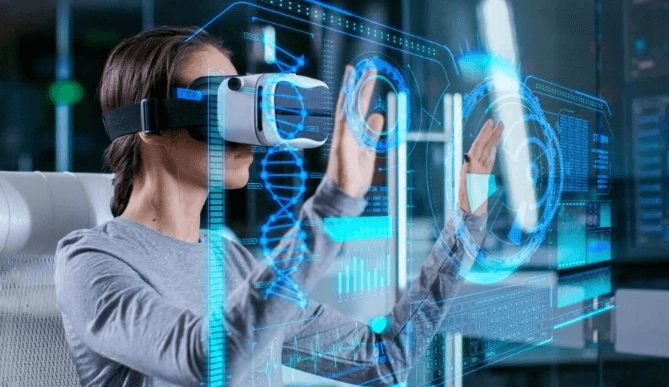How are virtual and augmented reality technologies transforming professional training and education?

Introduction
Virtual and augmented reality technologies have emerged as game changers in the realm of professional training and education. These immersive technologies are not only redefining traditional learning methods but are also enhancing the way skills and knowledge are imparted across various industries. From healthcare and engineering to education and military training, VR and AR are providing dynamic platforms for experiential learning, offering both trainers and trainees unprecedented opportunities to hone their skills in realistic, controlled environments. This article delves into the various ways these technologies are shaping the future of professional education and training.
Understanding Virtual and Augmented Reality in Education
Virtual reality (VR) involves a complete immersion experience that shuts out the physical world. Using VR devices, users can be transported into numerous real-world and imagined environments. In contrast, augmented reality (AR) layers computer-generated enhancements atop an existing reality, making it more meaningful through the ability to interact with it. In educational settings, these technologies serve as tools to expand the walls of the classroom, offering students and professionals a platform where theory and practice converge seamlessly.
Enhanced Engagement and Retention through Immersive Learning
Research indicates that immersive learning through VR and AR can significantly enhance engagement and retention rates among learners. By engaging the senses in a more comprehensive manner, learners are not only able to retain information more effectively but are also more likely to enjoy the learning process. Virtual simulations and augmented scenarios provide interactive experiences that traditional classroom environments often cannot, making learning both fun and impactful.
The Role of VR and AR in Medical and Healthcare Training
In the field of healthcare, VR and AR are revolutionizing professional training by allowing medical students and professionals to practice procedures and diagnose conditions in a risk-free, realistic setting. Virtual surgeries and 3D anatomy lessons are common uses, providing medical personnel with the opportunity to gain experience without the immediate pressures of real-life consequences.
Transforming Technical and Mechanical Training
Technical fields such as automotive, engineering, and aerospace are harnessing VR and AR to train professionals more effectively. These technologies allow for the virtual assembly of machinery, understanding complex components, and simulation of typical industry scenarios, which are critical skills in these sectors.
Enhancing Safety in High-Risk Professions
For high-risk professions including firefighting, military service, and chemical engineering, VR and AR offer safe training environments to simulate dangerous scenarios. This is vital for preparedness and safety, allowing professionals to experience hazardous situations in a controlled, manageable manner, thus better preparing them for real-life events.
Overcoming Geographical and Physical Limitations
One of the most significant advantages of VR and AR in professional training is their ability to bridge geographical and physical gaps. Individuals can receive training from experts around the world without the need to travel, and those with physical disabilities can engage in learning environments that might otherwise be inaccessible.
The Impact of AR in On-the-Job Training and Assistance
Augmented reality shines in on-the-job training, where real-time information displayed via AR can guide workers through complex tasks. For example, AR headsets used in manufacturing can project schematic diagrams over parts being assembled, providing step-by-step guidance without the need to consult manuals or handheld devices.
The Future of Professional Education with AR and VR
As technology continues to evolve, the potential for VR and AR in professional training and education will expand. The integration of AI with these technologies could lead to even more personalized learning experiences that adapt to individual learning speeds and style preferences.
Challenges and Considerations
Despite the benefits, there are challenges to the widespread adoption of VR and AR technologies in professional training. These include high costs, the need for specialized equipment, and the risk of technology becoming obsolete rapidly. Additionally, there is a need to ensure these tools are accessible to all, preventing a digital divide.
Conclusion
Virtual and augmented reality technologies are set to transform professional training and education fundamentally. By providing immersive, interactive, and innovative learning environments, VR and AR not only enhance the educational experience but also prepare professionals for the practical challenges of their fields more effectively than ever before. As these technologies continue to develop, their impact on professional education will undoubtedly grow, reshaping traditional learning paradigms and setting new standards in educational excellence.







